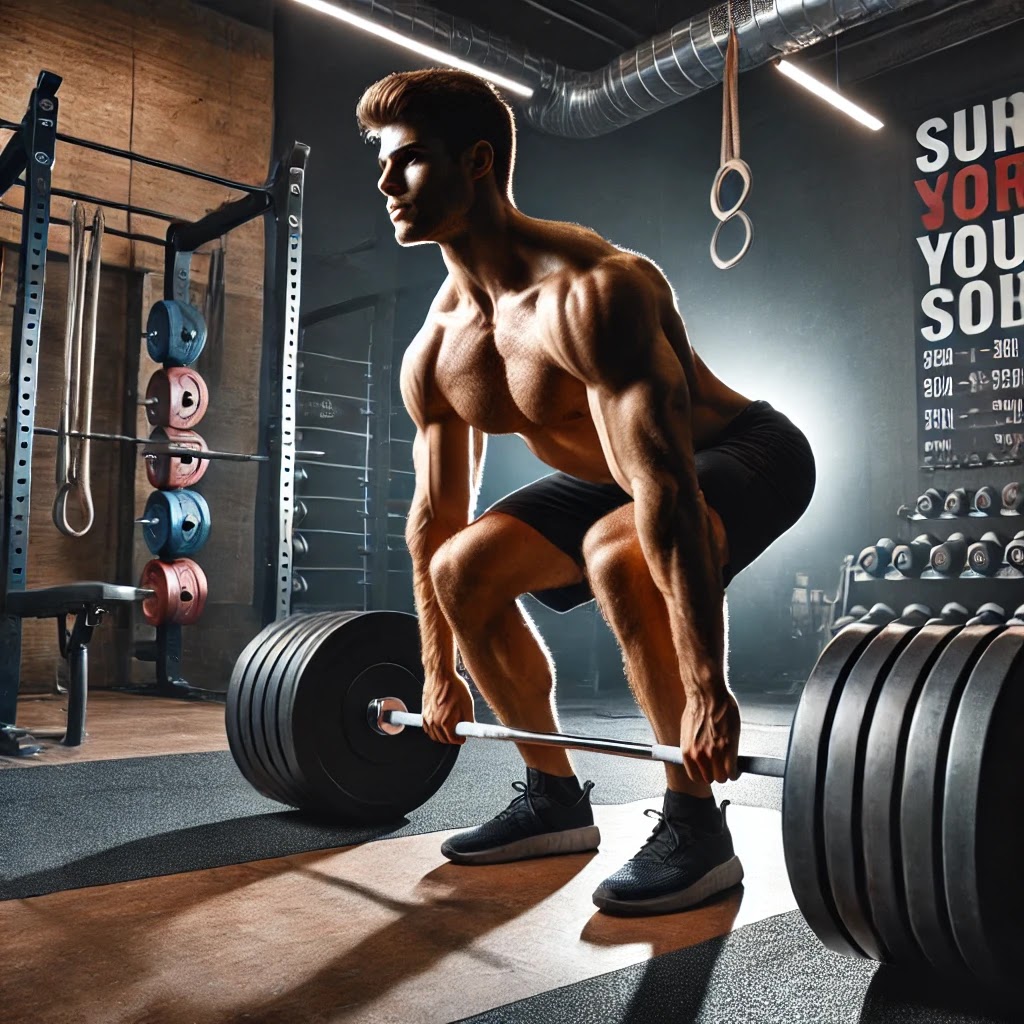How I Increased My Strength and Hit New PRs in Deadlifts, Squats, and Bench Press
As an Indian, I enjoy street food, and one day, I visited a vada pav stall in my town. The vada pav was delicious, and the way it was served was fantastic. After finishing my meal, I went to pay, and the vendor asked me which protein powder I use.
Surprised, I asked him why he was curious. He smiled and said, “Looking at your physique, you seem like someone who trains hard at the gym.”
That compliment made my day! Every time someone acknowledges my physique, it feels incredible because I’ve been training for the past four and a half years to build muscle and strength. Gaining weight has always been a challenge for me, and I’ve worked hard to put on 18 kg.
However, beyond aesthetics, my primary focus over the past one and a half years has been on gaining raw strength. I’ve been consistently working on maximizing my PRs (Personal Records) in squats, bench press, and deadlifts.
Currently, my PRs are:
✔ Deadlift: 170 kg
✔ Squat: 155 kg
✔ Bench Press: 95 kg
✔ Bodyweight: 68 kg
Follow my fitness journey on Instagram: Piyush Shende
In this blog, I’ll share exactly how I increased my strength and improved my PRs. Let’s break it down, one lift at a time.
1) Deadlifts – The Ultimate Test of Strength
If you want to test your overall body strength, deadlifts are the best way to do it. But remember, lifting maximum weights isn’t the challenge—lifting with proper technique is.
Key Deadlift Techniques:
✔ Maintain a straight back – A rounded back can lead to serious injuries. Think of your spine like a wooden stick—if you bend it too much, it might break. Keep your lower back neutral at all times.
✔ Keep your chest up – This helps engage your upper back and maintain proper posture.
✔ Hip positioning matters – Start with your glutes low to generate power from your posterior chain.
✔ Drive with your legs – Think of pushing the ground away instead of just pulling the weight up.
Start with lighter weights to perfect your form before increasing the load. Over time, consistent practice with proper technique will help you lift heavier without risking injury.
2) Squats – The King of Leg Exercises
Squats are essential for building lower body strength. They work your quads, glutes, hamstrings, and core, making them one of the most powerful compound exercises.
If you ever feel like skipping a leg day, skip machines like leg press or leg extensions—but never skip squats!
How to Improve Your Squat:
✔ Keep your back straight – A neutral spine is crucial for avoiding injuries.
✔ Adjust your stance based on femur length:
- If you have short femurs, a stance shoulder-width apart should work well.
- If you have long femurs, a wider (sumo) stance will help keep your spine neutral while going down.
✔ Breathe properly – Take a deep breath, brace your core, and descend. Holding your breath (the Valsalva maneuver) increases stability and strength.
✔ Controlled movement – Lower yourself slowly and power up with explosiveness.
Practicing these techniques will help you squat heavier while maintaining good form.
3) Bench Press – The Ultimate Upper Body Strength Test
Unlike squats and deadlifts, where almost your entire body is involved, bench press relies primarily on your chest, shoulders, and triceps. However, leg drive also plays a critical role in pressing heavier weights.
Key Bench Press Techniques:
✔ Follow the 5-point contact rule:
- Head, shoulder blades, and glutes must stay on the bench.
- Feet should be flat on the ground for stability.
✔ Arch your back slightly – This helps reduce range of motion and prevents unnecessary shoulder strain.
✔ Grip width matters – A slightly wider grip engages the chest more, while a closer grip involves more triceps.
✔ Use leg drive – Before lowering the bar, press your feet firmly into the ground to create a solid base.
✔ Lower the bar with control – Bring it down to your ribcage, pause slightly, and press up explosively.
Mastering these techniques will help you increase your bench press PR safely.
Beyond Training – The Role of Diet & Recovery
Lifting heavy isn’t just about training—it’s also about nutrition and recovery.
✔ Consume enough protein – Muscle growth depends on sufficient protein intake. Aim for 1.6-2.2g per kg of body weight.
✔ Prioritize good sleep – Strength gains require at least 7-9 hours of quality sleep.
✔ Manage stress levels – High stress reduces recovery and performance, so focus on recovery techniques like stretching or meditation.
Final Thoughts
Strength training is a journey that requires patience, consistency, and smart programming. If you apply proper techniques and take care of your recovery and nutrition, your PRs will improve over time.
💪 Have you hit a new PR recently? Share your numbers in the comments! Let’s keep pushing our limits together.
Thanks for reading!



Comments
Post a Comment